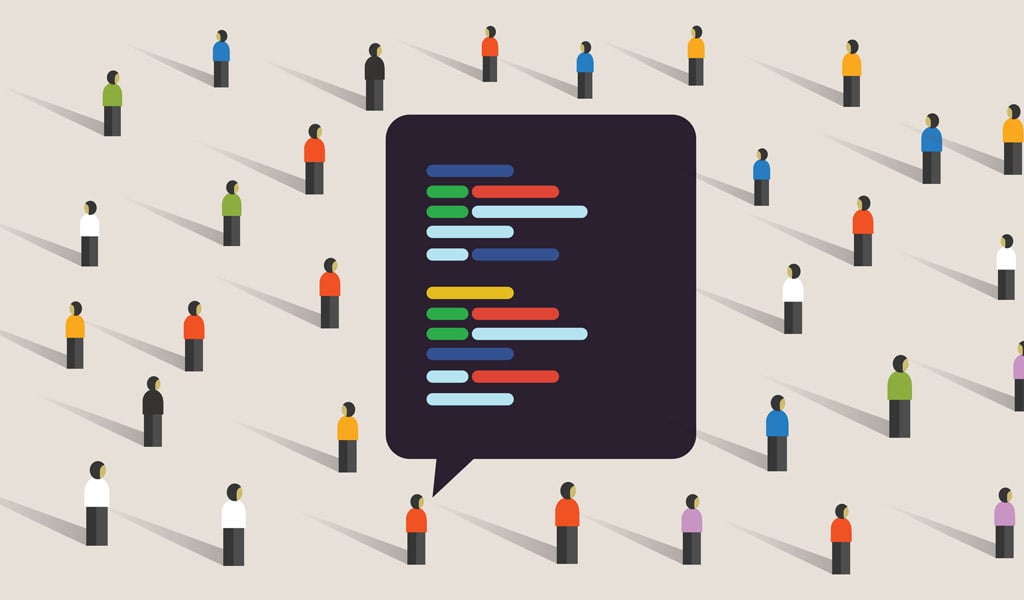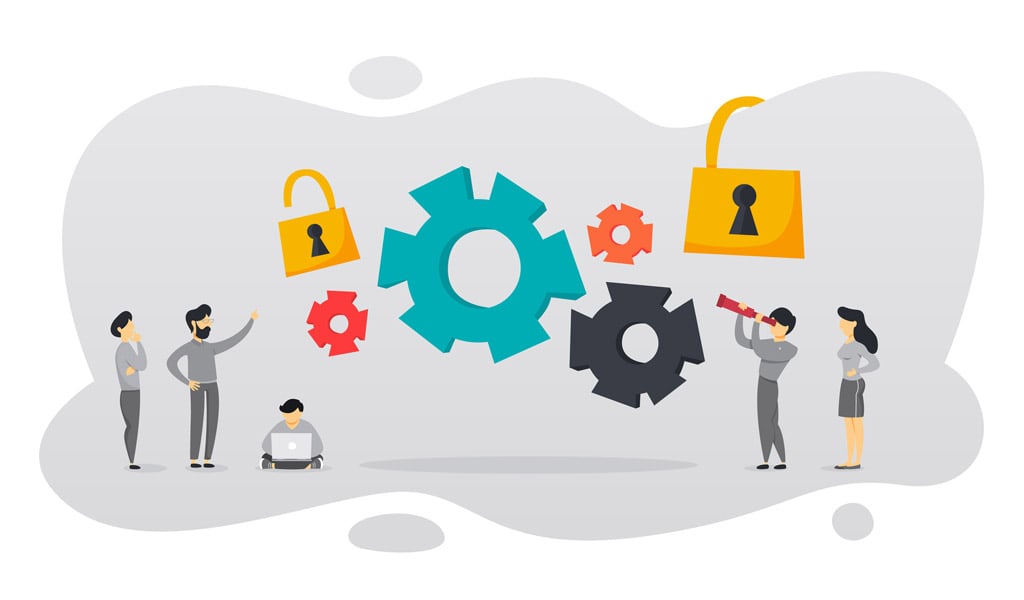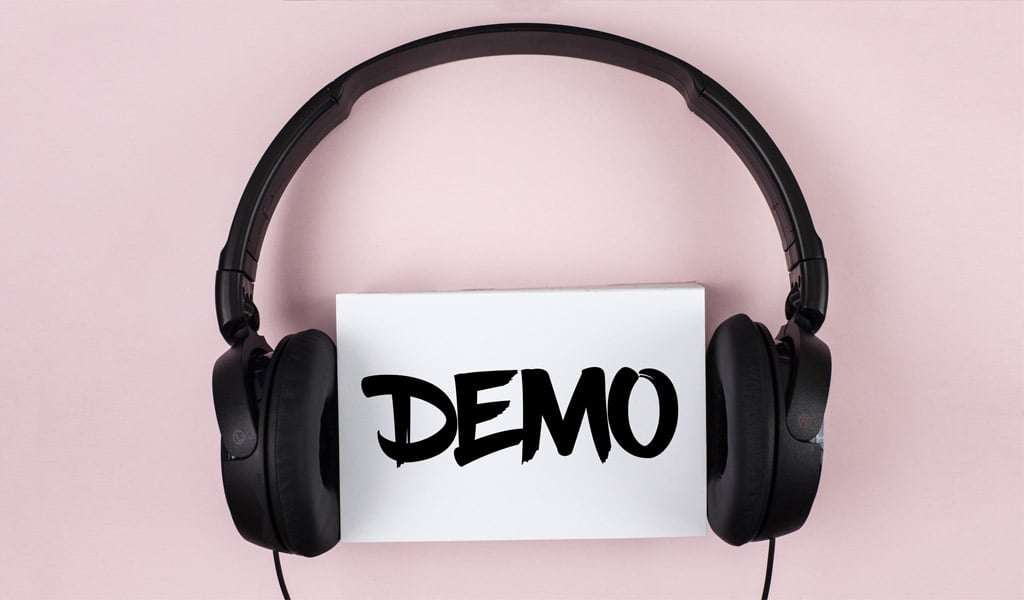
Giving your customers a taste of your product is great. Free trials allow your prospective customers to see whether your software is a good fit for their business and discover how much value it can add to their operation. In the B2B SaaS world, signing up for a new software service can be a big and often expensive commitment. Companies often want to be certain that your software can slot well into their business and work well with their current solutions. They also want to know whether they will get a good return on investment (ROI) by committing to your SaaS solution, and of course, that their employees can even use it.
However, it should go without saying that the ultimate goal of free trials is to get more paying customers. In this definitive guide, we will give you seven proven ways of converting your B2B Saas free trial users into paying customers. Let’s take a look.
Free Trials are Part of the SaaS Sales Funnel
Most B2B software companies offer free trials simply because their competitors are already doing it. While it’s true that you should be keeping up with your competitors, it’s also important to understand how the free trial sits in your sales funnel. Your free trial is a lead generation technique, a hook, that converts prospects to paying customers over time.
What Should Your Free Trial Look Like?
A recent study found that 44% of B2B SaaS companies offer a free online trial, 41% offer a free 30-day trial, and 18% offer a 2-week free trial. Those are the main options you should choose from. It’s also important to decide whether you need a free trial at all. While this guide is primarily for B2B SaaS companies who have already decided a free trial is the best option for them (and maybe already have one up and running), we recognize that some readers may not have decided yet. So, do you need a free trial? Well, the purpose of a free trial should be to convert users into paying customers, so you shouldn’t opt for one if you don’t think your free trial can do that. Why wouldn’t your trial be able to successfully convert customers? For several reasons:
- Your software is very complex – If your software is extremely tool-rich and can users need a substantial amount of training to be able to use it to its full potential, then a free trial might not be a good fit. If customers don’t discover certain features organically or don’t understand how to use them at all, then they might get the wrong impression about what your software is capable of and what problems it can fix for their company.
- It requires a heft implementation phase – If you usually have fairly long implementation phases to ensure that everything works smoothly, then a free trial could be excessively time-consuming for your company.
- Time-consuming integration – If your software often needs extensive integrations to work to its full potential, or causes common conflicts that need to be quickly resolved, a free trial might be a bad idea. It can make your software seem needlessly complex or it can take too long before users can really start using the software.

7 Proven Ways To Convert Your B2B SaaS Free Trial Users Into Paying Customers
1. Deliver Value By Making Your Software Easy to Use
If users start a free trial and then find that they don’t know where to begin with your software, this will harm your potential to convert. Your free trial needs to show off what’s great about your product and immediately add value to the potential customer. If they have to climb a steep hill before they can get any value from it, then most will abandon the idea altogether and move onto the next option. Don’t fall into this trap.
Here are some top tips on making your software easy to use in the free trial stage:
- Create tutorials – Tutorials are a great way of helping users out with common points of confusion and getting them on the right track. Even tech-savvy users don’t immediately know how to use new software, despite how well designed it is. It would be best if you carefully build tutorials into your design, allowing users to click for more information or go through a tutorial simulation. However, if you can help it, you shouldn’t force users through long tutorials because they can find it annoying.
- Don’t push upgrades aggressively – Remember, the purpose of a free trial is to prove the value of your software. If you aggressively push your premium upgrade with “Upgrade now” popups or large buttons, you can distract users from using your software. Ideally, you should want users to use the software to complete their work tasks or start a new mini project for the business. When they realize they need more, or that their trial is coming to an end, they will upgrade all on their own.
- Design an onboarding email campaign – A simple onboarding campaign is a great way of welcoming in your new potential customers, showing off your company voice, and telling them what they need to do about getting started with the software.
2. Prove Value Added by Sending Usage Metric Emails
The online writing assistant Grammarly sends both free trial and premium subscribers weekly emails with statistics on their usage. As a writing app, these statistics are things like “you wrote this many words this week” or “you used more unique words this week than X% of other users”, “You made X many mistakes in your writing this week, and corrected X number with our suggestions”. While the stats you give will look different, stats like these are great at reminding your potential customers of the value you’re bringing to the table. It keeps your software at the forefront of their minds even after they’ve finished using it.
3. Sell Your Most Valuable Features
One key aspect of designing effective free trials is deciding what should go in and what shouldn’t. Generally, you don’t want to give people access to your entire software, but rather entice them in and make them want the full thing. So, what features do you pick?
The Feature Most Used by Your Customers
This is the main selling point of your software – the main problem it fixes for a lot of companies. Even if this is your best or more extensive feature, you need to allow your free-trial users to have a play around with it. Your most used feature needs to be in your free trial. If you don’t include it, then you could turn away your main target audience and struggle to attract customers similar to the ones you already have.
Features that Make Your Software Competitive
You always want to show off the features that set your SaaS software apart from your competitors. If a company is looking for a solution to a problem they have or a new want they have, they will probably try out several different options. They might cycle through multiple free trials to pick the best. You don’t want your software to blend into the sea of other options, you want it to stand out.
What Do You Lock?
You also need to decide what features to lock away. Typically, a good strategy is to lock the features that are deciding factors. For example, if you have an email automation tool, you might allow your free trial users to configure, setup, and even simulate campaigns, but not allow them to send a live campaign until they buy the premium option.
Another option is to give your users full access to your software, but for a limited time period. The key is to give users enough time to fully experience the product and see the ROI of it, and enough that they might start to become reliant on it, but not so much that dawdle around waiting for the trial to end before purchasing. If free-trial users will typically see the value and ROI of your software within the first few days, then you’re just losing money by giving them a 30-day free trial.
4. Create a Sense of Urgency
Urgency is what compels us to buy – it gives us that much needed shove that we need. How do you create urgency?
- Limit the free trial period – Your free-trial period shouldn’t be a day longer than it needs to be.
- Just offer a “free trial” – While most companies specify the length of the trial, this isn’t your only option. Often customers just think “I’ll pay for the product at the end of the trial”, and don’t act with any urgency. There can then also be time delays at the end of the trial period while the customer gets around to paying. Instead of saying you have a “14-day free trial” you can just advertise it as a “free trial”.
- Remind users to upgrade as they are approaching the end of the free-trial.
- Remind them clearly of how many days they have remaining in the trial and the features they will lose at the end of it.

5. Have a Plan for the End of the Trial
If you have a B2B SaaS software that is reasonably expensive, as they often are, then asking for payment information at the start of the trial might not be the best idea. Many companies, especially larger companies, are unlikely to provide payment details and risk getting charged at the end of the trial period. Implementing new SaaS software often requires several approvals from higher-ranking employees and has to be factored into budget considerations. Additionally, the employee trialing the software is unlikely to want to bear the brunt of the burden if the payment goes through at the end of the trial but the company still isn’t sure or has decided it’s not a good fit.
However, you should still have a plan. This plan could involve a scheduled call or meeting with the company, or even a discount at the end of the trial to encourage them to buy.
6. Clearly Define Your Cancellation Policy
Aside from selling the value of your software in your free trial, you also have to sell how easy it is to be a lifetime customer of your SaaS company. Prospective companies have many factors to consider when picking a new SaaS software, so you should be upfront and honest about answering common questions and concerns they might have. One of these concerns is a cancellation. If you do make customers provide payment information during the trial, then let them know that they can cancel their re-subscription at any time. Even if you don’t do this, you should let them know how canceling a paid subscription works.
Re Engage Those Who Don’t Convert
Sometimes, users just simply didn’t get enough time with your software to see the value. Maybe they were busy with another project or something came up, but they liked what they saw regardless. You can reengage these customers by offering them free trials in the future, or offering them limited access to your best features as a one-off. You can also send them discounts or offers, and ramp these up if you spot that they’ve visited your site or touched base with one of your sales team.